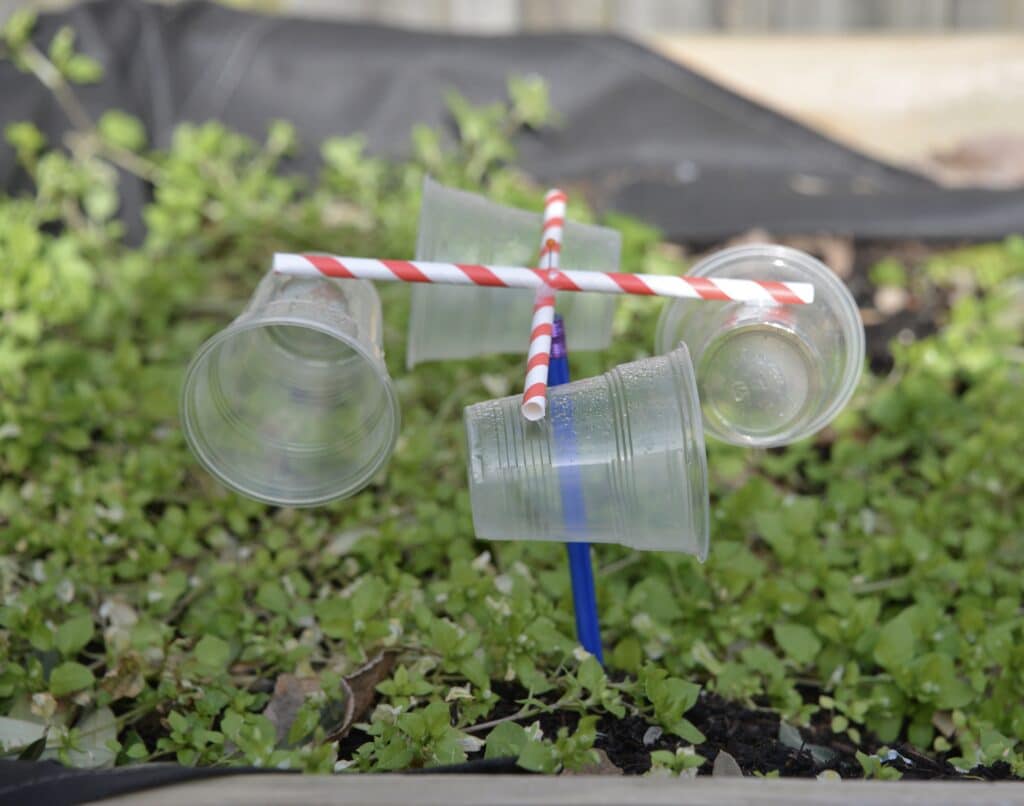Specialist Tips for Calibrating Your Anemometer for Ideal Efficiency
Specialist Tips for Calibrating Your Anemometer for Ideal Efficiency
Blog Article
Anemometers Revealed: Understanding Their Importance in Ecological Monitoring and Precaution
The function of anemometers in environmental surveillance and safety actions is usually undervalued, yet their importance is obvious. From meteorology to aviation safety and security, anemometers play an essential role in offering precise information that informs decision-making procedures and enhances general safety.
History of Anemometers
The development of anemometers can be mapped back to the old people where rudimentary wind measuring devices were very first used. These early wind dimension tools laid the structure for the growth of a lot more advanced anemometers over time. One of the earliest known anemometers was the hemispherical mug anemometer designed by Leon Battista Alberti in the 15th century. This layout consisted of four hemispherical cups that collected wind energy, offering a dimension of its intensity based upon the rate of rotation.
Over the years, advancements in modern technology led to the growth of even more modern anemometers, consisting of ultrasonic anemometers and laser Doppler anemometers, providing boosted accuracy and efficiency in determining wind speed and instructions. The history of anemometers showcases an exceptional journey of technology and progression in the area of weather forecasting.
Kinds of Anemometers
Throughout the field of weather forecasting, different types of anemometers have actually been established to properly gauge wind speed and direction. Sonic anemometers use ultrasonic signals to measure wind rate and instructions precisely. Hot-wire anemometers operate based on the concept that the cooling effect of wind on a heated cord is proportional to the wind rate.
Applications in Meteorology
Having actually discussed the various sorts of anemometers used in meteorology for gauging wind speed and instructions, it is necessary to discover their sensible applications in the area. Anemometers play an essential role in weather forecasting by supplying real-time and exact data on wind problems (anemometer). Meteorologists make use of anemometers to keep track of wind rate and instructions to forecast climate patterns, issue cautions for severe climate events like storms, cyclones, and hurricanes, and examine weather for aviation security
In meteorology, anemometers assist in comprehending local and neighborhood wind patterns, which are vital for anticipating weather condition changes and identifying climatic fads. These tools are additionally made use of in research study to research microclimates, city warmth islands, and air pollution dispersion. In addition, anemometers are used in agriculture to optimize plant administration techniques, such as watering and pesticide application, based on wind conditions.
Significance in Aviation Security
An integral aspect of making certain aviation security depends on the thorough tracking of wind problems utilizing anemometers. important link Anemometers play an important function in air travel by giving real-time data on wind speed and instructions, assisting pilots in making educated choices throughout landing, trip, and take-off. Solid and unpredictable winds can significantly impact airplane operations, making it vital for aviation authorities to depend on exact wind measurements to make certain the safety of travelers and crew.

In the dynamic environment of air travel, where also minor modifications in wind speed and instructions can have extensive effects, anemometers stand as vital devices for promoting secure and safe air travel.
Function in Environmental Study
Exactly how do anemometers add to improvements Related Site in ecological research? Anemometers play a crucial function in ecological study by providing important information on wind speed and instructions. This information is vital for comprehending various atmospheric processes, such as air pollution dispersion, weather patterns, and climate adjustment. By properly determining wind qualities, anemometers aid scientists analyze the activity of toxins in the air, evaluate the effect of industrial emissions, and predict the spread of contaminants in the environment.


Conclusion
In final thought, anemometers have played an essential role in ecological surveillance and security procedures. Recognizing the importance of anemometers is essential for properly determining wind rate and instructions, which is essential for predicting weather patterns, making sure risk-free aeronautics operations, and carrying out ecological researches.
One of the earliest known anemometers was the hemispherical cup anemometer invented visit the website by Leon Battista Alberti in the 15th century. Over the years, improvements in modern technology led to the advancement of even more modern-day anemometers, consisting of ultrasonic anemometers and laser Doppler anemometers, using boosted precision and efficiency in gauging wind rate and instructions. Hot-wire anemometers operate based on the concept that the cooling result of wind on a heated wire is symmetrical to the wind rate. Meteorologists use anemometers to check wind rate and instructions to forecast climate patterns, concern warnings for serious weather events like twisters, cyclones, and tornados, and assess atmospheric conditions for aeronautics safety.
Understanding the value of anemometers is necessary for properly measuring wind speed and direction, which is essential for forecasting climate patterns, ensuring secure air travel operations, and carrying out environmental studies. (anemometer)
Report this page